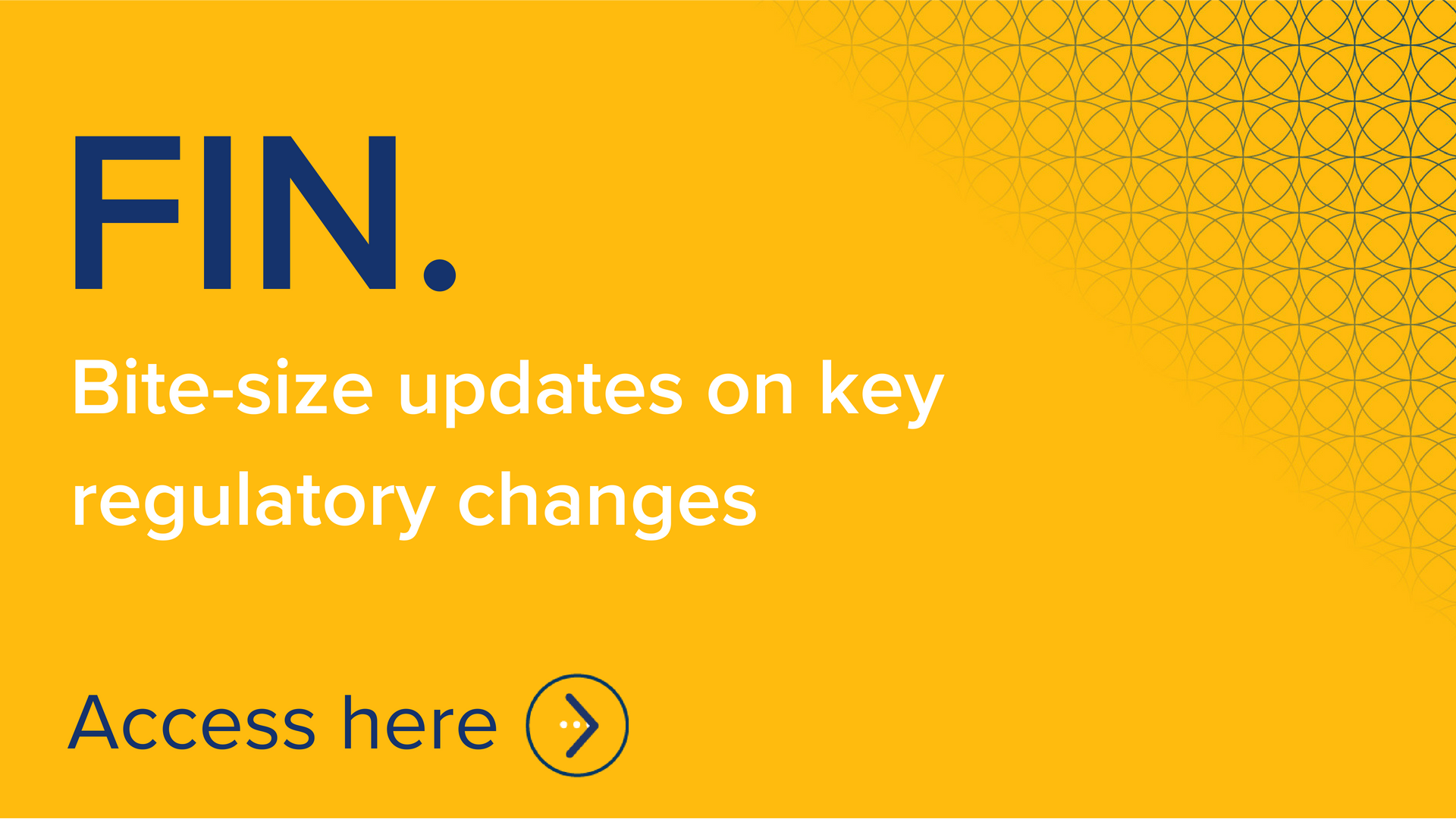
New proposals from the UK financial regulators are set to overhaul how alternative investment fund managers (AIFMs) are regulated and replace the current regime with a new, more flexible, one led by the Financial Conduct Authority. The proposals should be good news for mid-sized managers but will bring small managers currently operating under the registration regime within the need for full authorisation.
Why the change?
Because we can! The proposals are part of the gargantuan exercise of reviewing all the regulatory requirements that originally stemmed from EU requirements and which, post Brexit, became "assimilated law", whether in legislation or in regulatory rulebooks. It would be fair to say that certain aspects of the AIFM regime have never been popular. Now, an HM Treasury consultation paper and an FCA call for input look at what the UK could change. And there is the added impetus of the drive towards growth and removal of unnecessary red tape.
The current situation: types of AIFM
Currently, there are three types of AIFM:
- "Full scope" AIFMs - those that manage AUM in excess of €500m (or €100m if they use leverage or have redemption rights within an initial 5 year period). These AIFMs are authorised and regulated by the FCA. Pre-Brexit, these were the only AIFMs that had passporting rights
- "Small" AIFMs – those whose AUM are under the full scope threshold. These are also authorised and regulated by the FCA but subject to fewer rules than full scope AIFMs. Pre-Brexit these AIFMs could choose to be "full scope" if they wished to passport, and
- Three types of "registered" AIFM - mainly small property collective investment scheme managers and small internally managed funds that meet set conditions. These firms aren't authorised at all but need to register with the FCA and are subject to minimal supervision.
What needs change?
Cliff edge risks
The regulatory requirements on full scope firms are significantly more onerous than those on small firms. Not least, they need to appoint depositories and hold additional capital. This means that firms hovering around the threshold boundary will try to remain below it, giving them advantages over firms that are possibly only slightly larger.
But also, the regulators are aware that there are several boutique firms that are currently regulated as full scope AIFMs that pose fewer risks than other large firms yet are regulated in exactly the same way.
The halo effect
At the other end of the scale, the managers of the small unauthorised collective investment schemes and small internally managed funds that currently have merely to register with the FCA may benefit from a halo effect if consumers believe they are fully regulated. The registration regime in fact requires very little by way of compliance at all.
So there is definitely scope for more proportionate regulation all round.
What's planned?
New thresholds
That there will be no more thresholds set in law. Instead, the FCA will have the power set thresholds to help it regulate proportionately. And it plans:
- A £5bn net asset value for "large firms"
- £100m to make a firm a "small firm"
- No more registration - so firms currently registered are likely to need to be authorised
All firms between the "large" and "small" boundaries will be "mid-sized" firms.
Listed closed-ended investment companies will still be within scope, and, at least for the time being, the changes won't affect the social entrepreneurship funds and registered venture capital funds that operate under separate regimes. But they will, for example, affect venture capital fund managers – some of whom are currently authorised and some registered (and some also registered under the separate registered venture capital funds regime). The FCA sees the potential for creating a bespoke regime for venture capital and growth capital funds.
New look rules
The FCA also plans to take this opportunity to restructure its rules, so that firms can more clearly focus on requirements for:
- Structure and governance
- The pre-investment phase
- During investment, and
- Change.
And the papers contain a lot of other food for thought, both in terms of things that there are no immediate plans to change (like the national private placement regime and the depository requirements) and areas where the regulators welcome views (like how many bespoke regimes to create and how to articulate risk management requirements on heavily leveraged firms).
When?
The changes won't take effect until 2026 at the earliest. But if you have views, the consultation on the high level proposals closes on 9 June and now it the time to make your views known.
This article is for general information only and reflects the position at the date of publication. It does not constitute legal advice.







